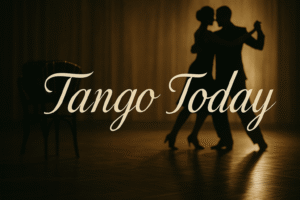If you’ve ever been intrigued by the world of Argentine dance, you’ve probably come across two essential terms: milonga and tango. While they’re often mentioned together, they’re not quite the same. Each has its own rhythm, history, and feeling on the dance floor.
Let’s break down what makes them different—starting with their roots and ending with how they’re danced today. Along the way, we’ll link you to resources to deepen your tango journey.
The Origins: From the Río de la Plata to the World
A Quick Look at Tango’s Beginnings
Argentine tango emerged in the late 19th century in Buenos Aires and Montevideo, born from a mix of cultures. European immigrants, freed African slaves, and criollos (people of mixed heritage) brought their musical traditions to the port cities. Influences like the African candombe and Cuban habanera mixed with local folk traditions, giving rise to the sultry, expressive dance we now know as tango.
Milonga: the Predecessor
Milonga actually predates tango and shares many of the same cultural roots. Originating in the 1800s, it was a faster, more upbeat partner dance that evolved in the same marginalized neighborhoods. Its rhythm and style helped lay the foundation for tango’s later development. Over time, tango borrowed elements from milonga—especially its close embrace and social structure—while carving out a more dramatic identity of its own.

Rhythm and Musical Style
Milonga’s Fast Footwork
Milonga is danced to a 2/4 beat (If you’re not a musician, don’t worry—that’s just music jargon for its base rhythm.), making it quicker and more playful than tango. It doesn’t leave much time for dramatic pauses or long leg extensions—so dancers keep things compact and rhythmic. The musical phrasing is steady and upbeat, often described as “bouncy” or syncopated. Dancers often use steps like the traspié (a quick triple-step) to match the tempo.
Tango’s Dramatic Pace
Tango is more variable in speed, typically set in 4/4 time (again, don’t worry—you’re not missing anything). What makes tango unique is its range: one moment, it may be slow and deliberate; the next, fast and sharp. This gives dancers the freedom to interpret the music emotionally. Tango is all about connection—with your partner, with the music, with the moment.
Do you wonder how this all came together? Take a deeper dive into the history of tango in Buenos Aires or check out 10 fun facts about tango that’ll surprise you.

Dance Style and Energy
Milonga: Social and Lighthearted
Milonga is about joy. It has a casual energy, with smaller, quicker steps. Dancers keep their weight centered and often play with rhythm, adding flair and personality. It’s less about technical perfection and more about enjoying the music with your partner.
There are also different styles of milonga, with simple steps, with rhythmic syncopation… All kinds are danced with a sense of flow and ease that feels very local and very alive.
Tango: Passion and Precision
Tango, on the other hand, is like storytelling through movement. It’s emotionally intense and can range from elegant to edgy. Dancers use sweeping motions, sharp pivots, and long pauses. The embrace is often tighter, and communication is mostly non-verbal—you lead or follow by sensing the slightest movement.
It demands more technique, but also offers more expressive depth. Tango is where dancers go when they want to feel something profound.
Cultural Experience and Context
What Is a Milonga (the Event)?
In Argentina, “milonga” also refers to the social dance event where tango, milonga, and vals (Argentine waltz) are danced. These gatherings are central to the tango culture. Locals and travelers alike head to a milonga to socialize, watch, and dance.
The music is played in tandas (sets), and codes of etiquette—like the cabeceo (a subtle nod to invite someone to dance)—keep things flowing. Milongas vary widely in style: some are casual neighborhood gatherings; others are elegant nights out. Many feature a mix of tango, milonga, and vals tandas, offering a full range of dance experiences.
Milonga Nights vs Tango Shows
After learning what a milonga is, you might wonder: should I go to one, or see a tango show? The answer depends on the kind of experience you’re after.
Milonga nights offer spontaneity and community—locals dancing socially, music playing in tandas, and a room full of unspoken codes and connections. They’re ideal if you want to feel the living pulse of tango culture in motion.
Tango shows, meanwhile, bring the dance to the stage. With professional choreography, live music, and dramatic lighting, they reveal the artistry behind tango’s evolution. They’re perfect for travelers looking for a powerful introduction to the genre.
And if you’re looking for something that blends the closeness of a milonga with the artistry of a show, Secreto Tango Society offers just that. A reduced audience, no big stage, and a focus on raw emotion make it feel less like watching—and more like feeling the dance unfold around you.

Quick FAQs About Milonga and Tango
What’s the main rhythm difference?
Milonga has a quicker, steady rhythm that feels bouncy and playful—perfect for small, fast steps. Tango, on the other hand, is usually slower and more dramatic, with pauses and changes in tempo that give dancers more freedom to express emotion.
Which is easier to learn?
Many beginners find milonga easier to pick up at first because of its repetitive rhythm and simpler steps.
Is milonga the only dance at a milonga?
Not necessarily! At a milonga (the event), dancers alternate between tango, milonga, and vals tandas.
Can I see both styles in Buenos Aires?
Absolutely, you should! Go to a milonga night or enjoy a tango show (or even a lesson) to see how the styles flow together. Many dancers practice both.
Where can I see or learn these dances?
If you want to see locals dancing milonga in their natural habitat, check out a milonga night with its music, connection, and tradition. The official Buenos Aires tourism site lists milongas across the city, from historic cafés to neighborhood clubs, many of which also offer beginner classes before the dancing starts.
And if you’re looking for something more curated—something with intimacy, artistry, and no distractions—we always recommend booking a seat at Secreto Tango Society, where you’ll see tango performed up close by some of the best in the scene.

Understanding Both Sides of the Embrace
Though tango and milonga differ in rhythm, style, and energy, they share a common soul. Both grew out of the same neighborhoods and express the same yearning for connection, movement, and music.
Tango may draw you in with its drama; milonga might win you over with its joy. But together, they form the living culture of Argentine dance.
Want to explore more? Check out our guides on the history of Tango or dive into 10 Fun Facts About Tango.
How useful was this post?
Click on a star to rate it!
Average rating 5 / 5. Vote count: 2
No votes so far! Be the first to rate this post.






